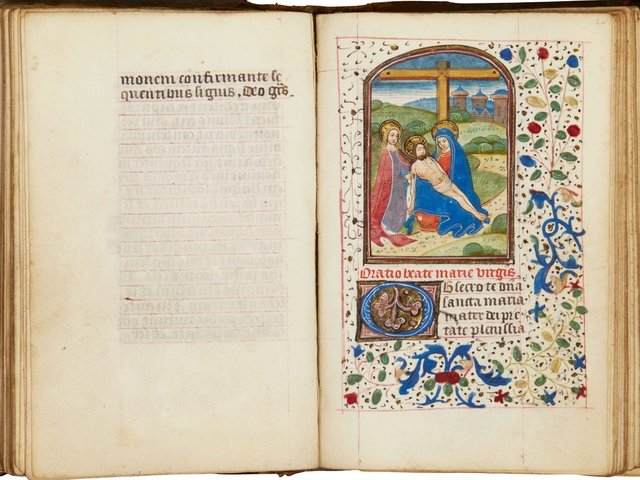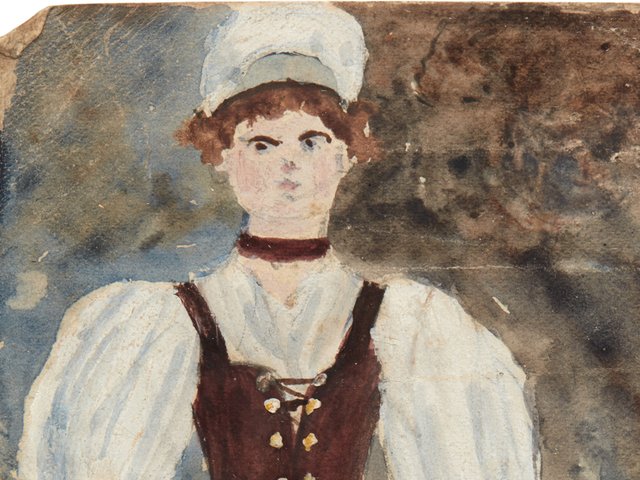A pair of manuscripts written by the English naturalist Charles Darwin that were stolen more than two decades ago from Cambridge University Library have been mysteriously returned.
The small, leather-bound books date from the late 1830s, after Darwin returned from the Galapagos Islands, and are thought to be worth millions of pounds. One of them includes a 1837 "tree of life" drawing by Darwin: a rudimentary tree sketch that helped explain his theory of evolution, which would be further expanded in his groundbreaking work On the Origin of Species (1859).
They have been missing from the university library since being removed from storage in 2001 to be photographed, and were reported as stolen in 2020; a worldwide appeal was then launched to find them. Now, 15 months after police began their search, they have been found, but questions as to their disappearance still abound. The books were anonymously returned outside the librarian's office in a pink gift bag with a typed note that reads: "Librarian, Happy Easter, X".
While the area outside the librarian's office is open to the public and not monitored by CCTV, footage of all entrances and exits to the building are now being looked over by the police, according to Jessica Gardner, the director the university's library. She tells the Guardian that the return of the manuscripts has brought "immense joy" to her and her colleagues. "They're safe, they're in good condition, they're home," she says.
"They're some of the most remarkable documents in the whole history of science," Jim Secord, the emeritus professor of history and philosophy of science at Cambridge University, tells the BBC. Secord was part of a team of specialists who studied the manuscripts upon their return and confirmed their authenticity to the police. "Darwin uses different types of ink in the notebooks. For example, on the famous tree of life page, there is both a brown ink and also a grey ink. Those kind of changes are quite difficult to forge convincingly," he says. "These are the tiny telltale signs that the whole team of researchers at the university library can use to tell that they're genuine."
The notebooks will go on public display at Cambridge University Library from July.




